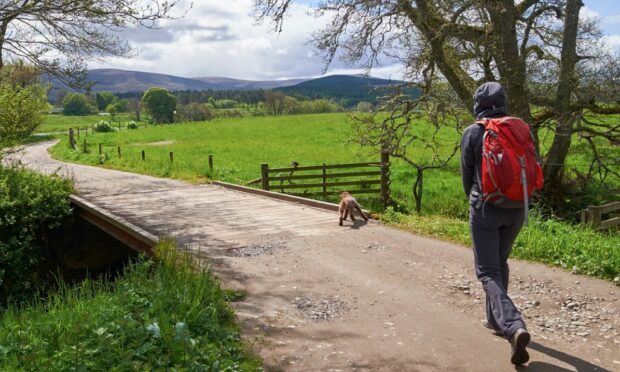Farmers’ calls for a review of access rights in light of increased numbers of walkers in the countryside have been dismissed by NatureScot .
Instead the agency says promoting better understanding is key to avoiding conflicts.
NFU Scotland (NFUS) vice-president Robin Traquair has claimed the Scottish Outdoor Access Code is “no longer fit for purpose” and says NFUS is pushing for a review.
He told a press briefing that a survey by the union revealed members wanted to see updated guidance which “fits the scale and type of access that is now taking place”.
Mr Traquair cited irresponsible behaviour by some dog walkers and “parents with pushchairs not getting out of way of big machinery” as examples of the problems faced by the industry and said: “We have to be able to close off parts of the farm if necessary when activities are happening.”
However Mark Wrightham, NatureScot’s recreation, access and land reform manager, said although it was recognised increased access raised challenges for many farmers and other land managers, most people behaved responsibly in the outdoors.
He added: “Where irresponsible behaviour does occur, it is generally because of failure to comply with the existing Scottish Outdoor Access Code. As a result there are currently no plans to formally review the code, and our focus is instead on continuing to promote greater awareness of its key messages, especially to those new to the outdoors.”
“The Scottish Outdoor Access Code already provides guidance on biosecurity, as well as allowing land managers to divert access away from places where farm operations are taking place, and we would be very happy to discuss this with NFUS to consider ways to quickly and effectively highlight this to the public and land managers.”
Ramblers Scotland policy manager, Helen Todd, added: “We are working with government agencies and landowning bodies to seek ways to improve education about the code and support more effective enforcement where required.”


